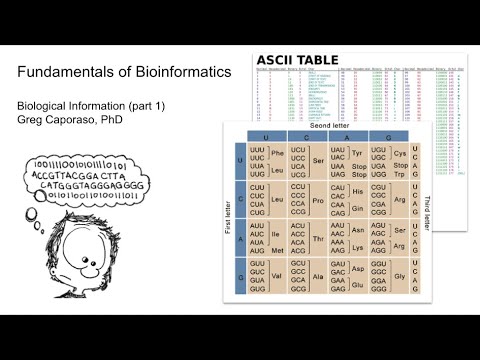Description:
Dive into a comprehensive 18-hour video playlist covering the fundamentals of bioinformatics, taught by Professor Greg Caporaso. Explore topics ranging from biological information and microbiome science to Python programming, sequence alignment, and machine learning in bioinformatics. Learn essential skills such as working with the Linux command line, text manipulation using regular expressions, and sequence homology searching. Gain insights into microbiome analysis methods, reproducible bioinformatics practices, and how to effectively seek help with bioinformatics software. This lecture series, originally recorded for Northern Arizona University's BIO 450/590 course, closely follows Prof. Caporaso's free JupyterBook, "An Introduction to Applied Bioinformatics," providing a solid foundation for aspiring bioinformaticians.

Fundamentals of Bioinformatics
Add to list
#Data Science
#Bioinformatics
#Computer Science
#Machine Learning
#Programming
#Domain-Specific Languages (DSL)
#Regular Expressions